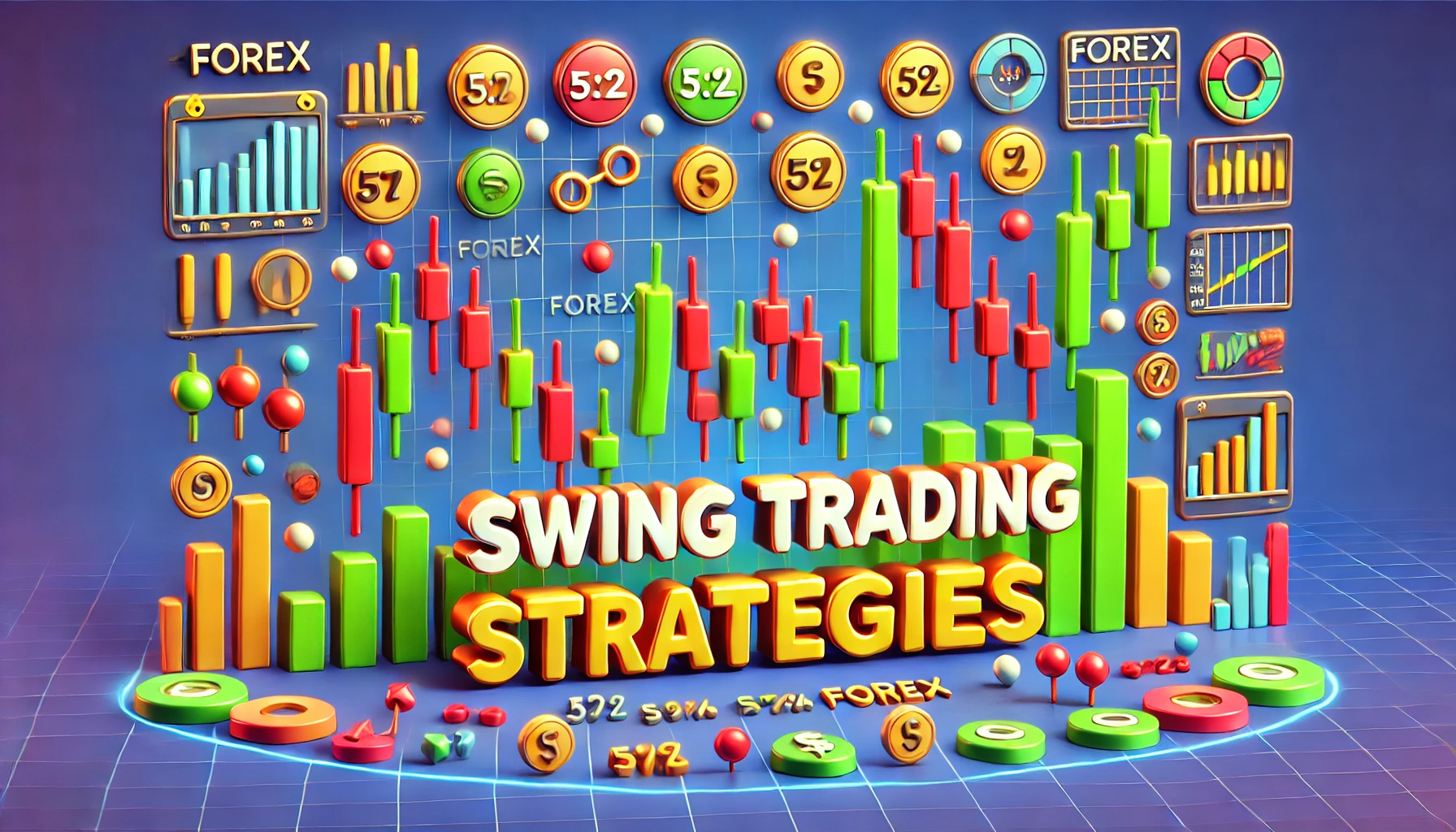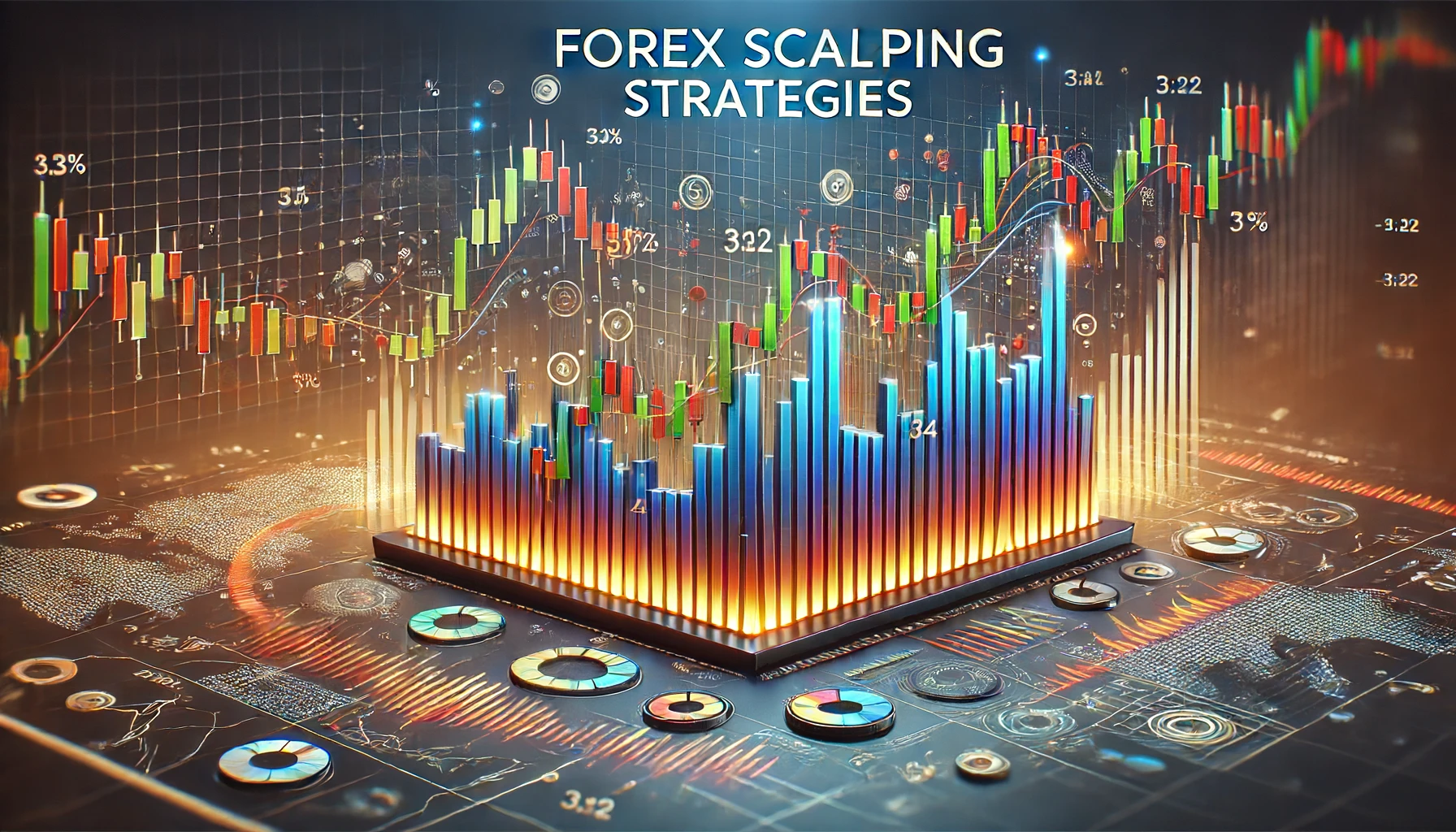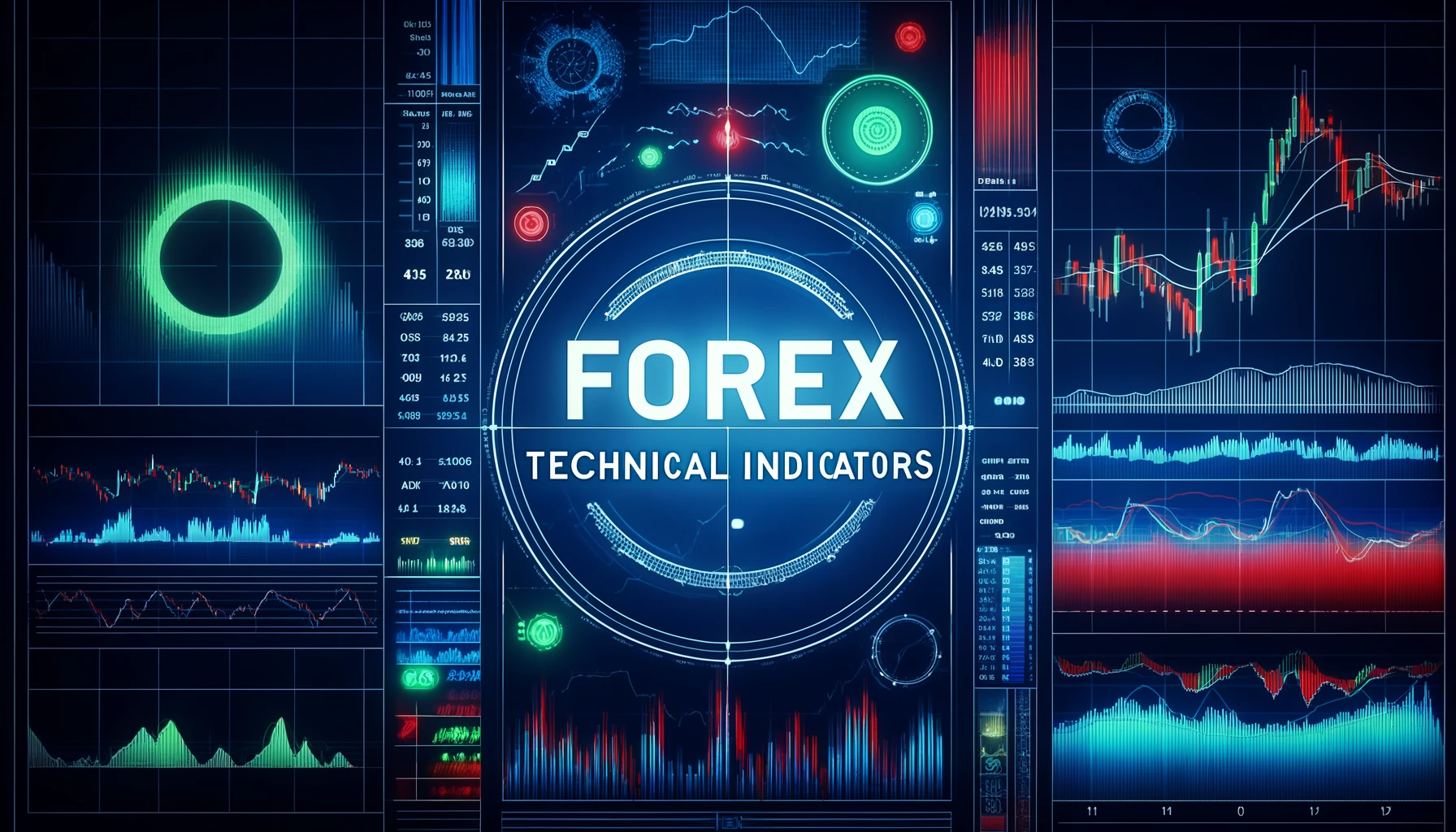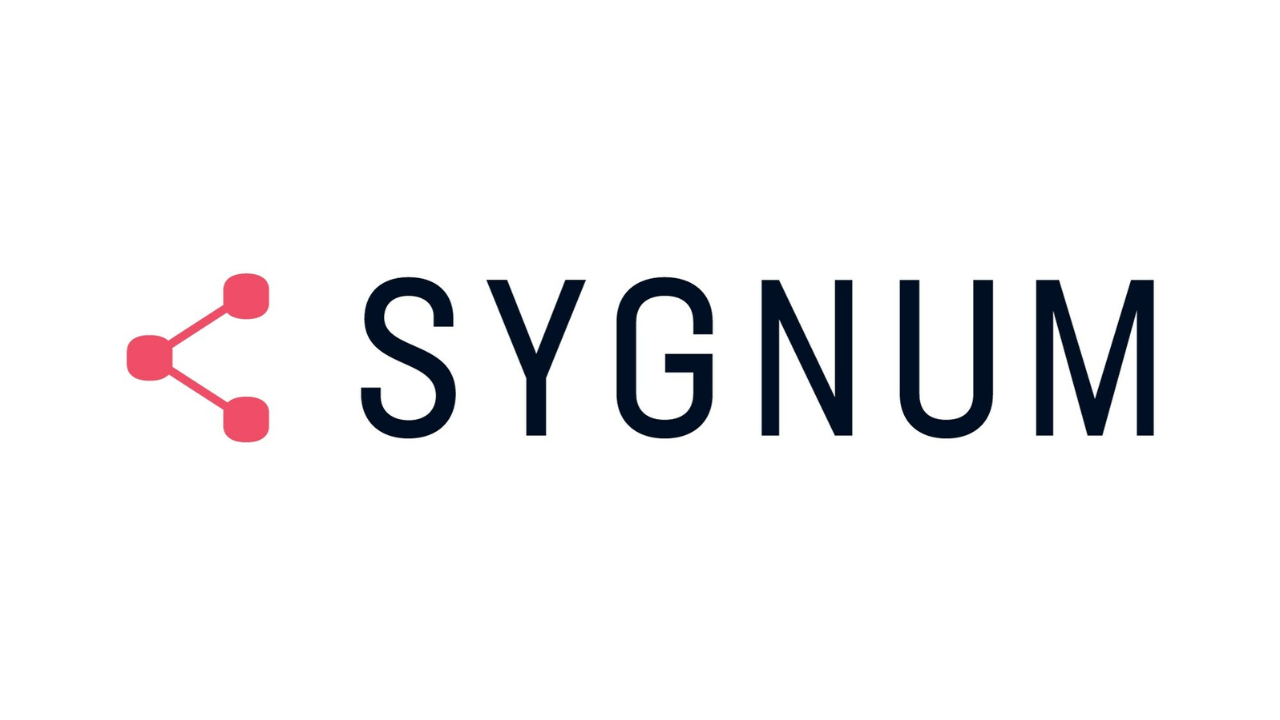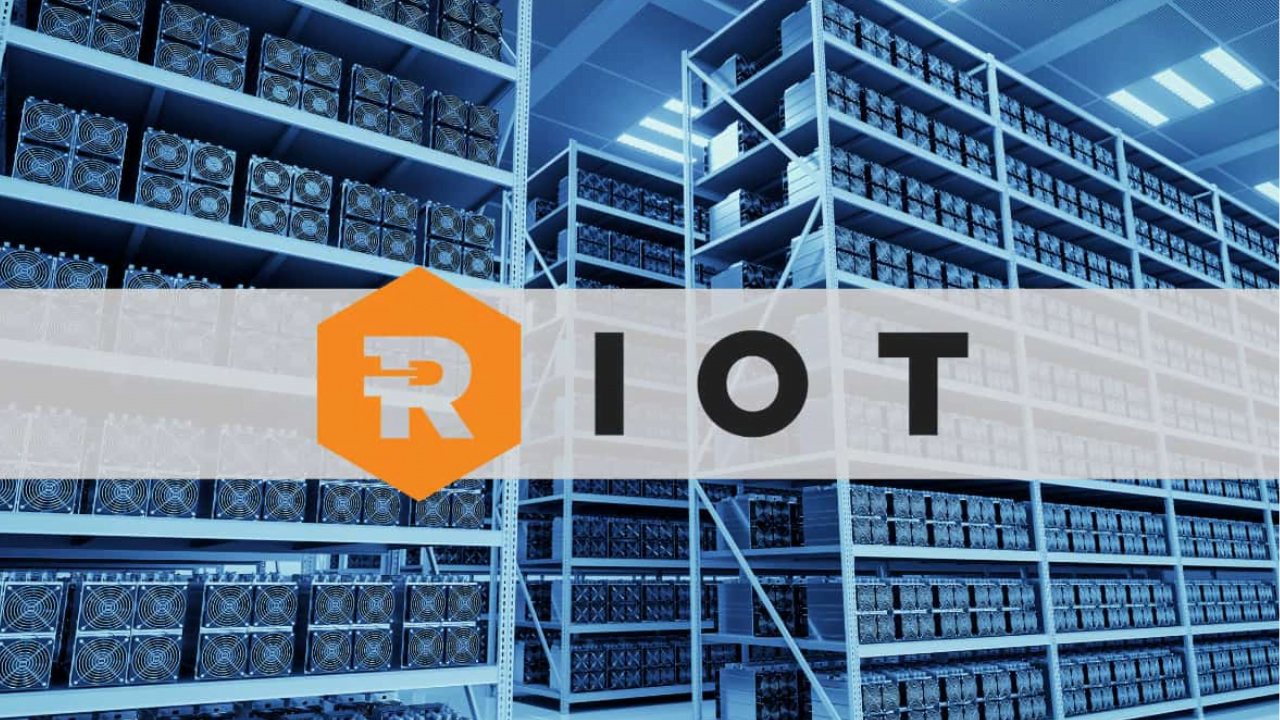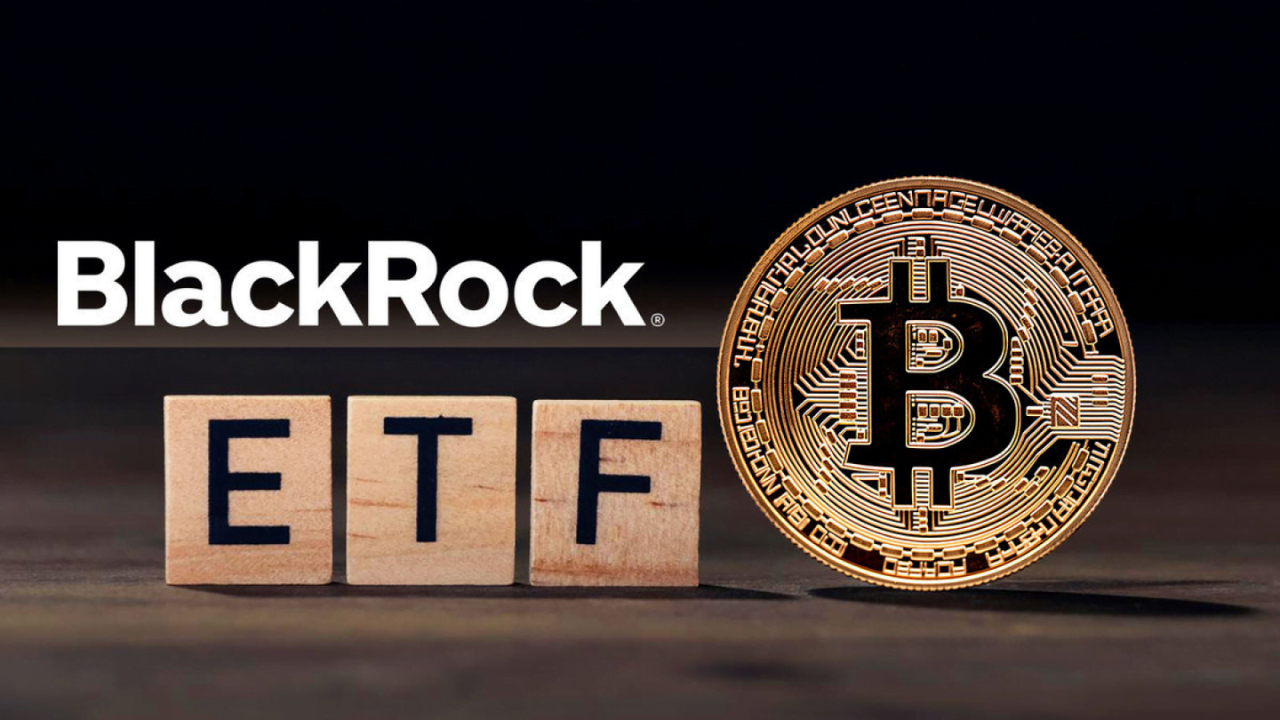In an era increasingly dominated by the blockchain revolution, an upsurge in new and innovative projects is captivating the attention of technologists, investors, and enthusiasts alike. This realm of digital innovation, offering ground-breaking solutions to traditional systems, has become democratized by platforms like Waves. With Waves, thе intricacies of launching a new token arе no longer a dеtеrrеnt, еvеn for those without dееp tеchnical еxpеrtisе.
This article delves into the Waves crypto еcosystеm, exploring how it works and highlighting its distinctive attributes.
Table of Contents
ToggleWhat is Waves?
Born out of one of the pioneering initial coin offerings (ICO), Waves commenced its journey in June 2016. The goal was to redefine blockchain platforms by optimizing utility and accessibility. Specifically, the network is engineered to empower users to devise and launch customized crypto tokens.
Waves revolutionized token creation and trading by eliminating the requirement for complicated smart contract programming. Instead, it introduces a novel approach where scripts running in user accounts on the Waves blockchain facilitate token creation.
Since its inception, Waves has undergone a series of enhancements, expanding its utility through a host of side functionalities. For instance, the Waves crypto ecosystem today encompasses its native decentralized exchange, known as Waves Exchange. It is purposefully crafted to promote trade between tokens generated on the Waves blockchain and other WAVES tokens. In 2018, the platform also incorporated smart contract functionality into the MainNet, enabling people to develop dApps. Later in 2019, a network variant designed for businesses and large institutions was introduced, termed Waves Enterprise.
The driving force behind Waves is its founder, Alexander Ivanov, a Ukrainian-born scientist, also known as Sasha Ivanov. His involvement in the crypto realm predates the inception of Waves, having launched Coinomat, an instant exchange now out of service. Ivanov also masterminded an early iteration of a stablecoin, CoinoUSD, pegged to the USD.
How does the Waves crypto ecosystem work?
The Waves blockchain is structured to accommodate two unique classes of nodes: full nodes, possessing a complete transaction history, and light nodes, reliant on full nodes for transaction validation and network communication. To ensure alignment across this decentralized network, Waves employs a unique consensus mechanism known as leased proof-of-stake (LPoS).
Within the conventional proof-of-stake framework, any node that stakes tokens becomes eligible to contribute blocks to the blockchain. The likelihood of a node actually adding a block typically fluctuates based on the number of tokens locked.
In contrast, the LPoS also permits light nodes to lease their balance to full nodes. In simple words, when a full node is chosen to generate the succeeding block and receives a reward, nodes leasing tokens to the selected node receive a portion of the payout.
The algorithm dictating the selection of nodes for the creation of blocks is named Waves-NG, a refined version of a proposal initially conceived for Bitcoin but ultimately dismissed. Waves-NG bifurcates the Waves blockchain into “key blocks” and “micro blocks.” A randomly chosen proof-of-stake miner produces the key blocks, and then those blocks’ public keys are subsequently utilized by other nodes to generate numerous microblocks.
In contrast to most blockchain networks, Waves abstains from providing its miners with a block reward. Instead, validators and transactors on the Waves blockchain (full-staking node operators) are given all the transaction fees involved along with an extra token – the Miners’ Reward Token (MRT).
MRT is one of the Waves platform crypto tokens disbursed to miners (full-staking nodes) as compensation for their contribution to network security. Nodes are awarded 60 MRT per block for the initial 70 blocks they mine daily, followed by 30 MRT for each subsequent block. To operate as a full-staking node within the Waves network, a minimum of 1,000 WAVES crypto is required.
Note that the decision to implement a leased proof-of-stake system in the Waves network was guided by the goal of decreasing the quantity of potential block-producing nodes, thus accelerating block addition speed and maintaining higher system throughput.
WAVES crypto – the native token
WAVES is the native token of the Waves platform that originated with a fixed supply of 100 million tokens, according to Coinmarketcap. The WAVES token is instrumental in the operation and maintenance of the Waves network. It serves a dual purpose: enabling the creation of custom tokens and acting as the medium for transaction fee payments on the network.
A significant portion of its supply, 85% to be exact, was allocated to participants during its Initial Coin Offering (ICO) that raised an impressive 30,000 BTC. Smaller allotments were assigned to other key players: 4% to partners, 9% to developers, and 1% each was marked for early supporters and bounty programs that unfolded post-ICO.
Over time, the utility of WAVES expanded, and in 2019, a pivotal decision was made to lift the supply cap. This strategic shift entrusted the decision-making authority to network participants, thus democratizing the process.
At present, the block reward of the Waves consensus protocol stands at 6 WAVES. Any potential alterations to this reward system are dictated by votes from the network participants. In each voting round, users have the choice to either retain or reduce the block reward by 0.5 WAVES for every 110,000 blocks.
Waves unique features
Here is a brief overview of the key features of the Waves network:
- Smart Assets: A pivotal feature of the Waves blockchain is the capability to establish ‘Smart Assets’, tokens equipped with an attached script written in Ride, a Waves-native programming language. Attaching a script allows any token to acquire functionalities. The execution of these scripts comes at a cost of 0.004 WAVES. Since Waves provides users the ability to issue tokens without necessitating programming proficiency, tokens, and their transfers are integrated as attachments to transactions. Additional transaction types are incorporated via plug-ins, installed as extensions on top of the blockchain.
- Smart Contract and DApp development: Waves offers the capability for the development of smart contracts and decentralized applications (DApps), focusing on outperforming rivals in aspects of speed and user experience.
- Cross-chain and DeFi Capabilities: Waves offers a product called Gravity, serving as a hub for cross-chain transactions and functioning as an oracle network. This elevates the platform’s interoperability and overall value. Moreover, Neutrino, an integral part of the Waves ecosystem, is devoted to facilitating decentralized finance (DeFi) operations.
- Business appeal: Waves blockchain captivates businesses that are keen to create custom tokens or fundraise for a cryptocurrency project. It delivers a secure and efficient platform to cater to their needs.
- Waves DEX (Decentralized Exchange): Waves DEX is a self-governed cryptocurrency exchange offering several fiat to crypto gateways. It permits users to trade currencies like USD & EUR against various digital coins and automatically adds all tokens generated on the Waves platform to its list.
- Compatibility with Ethereum: In 2020, Waves amplified its compatibility with the Ethereum network by launching the WAVES token in compliance with the ERC-20 standard.
- Waves Wallet: Waves offers a wallet, available as a Google Chrome Extension, that provides users the ease of creating, transferring, and trading digital assets. It also integrates the Waves decentralized exchange, enabling users to handle and trade cryptocurrencies and fiat directly from their devices, be it desktop or mobile.
Read more:
http://thetradingbay.com/2022/12/01/what-is-tokenomics-why-is-it-important/



